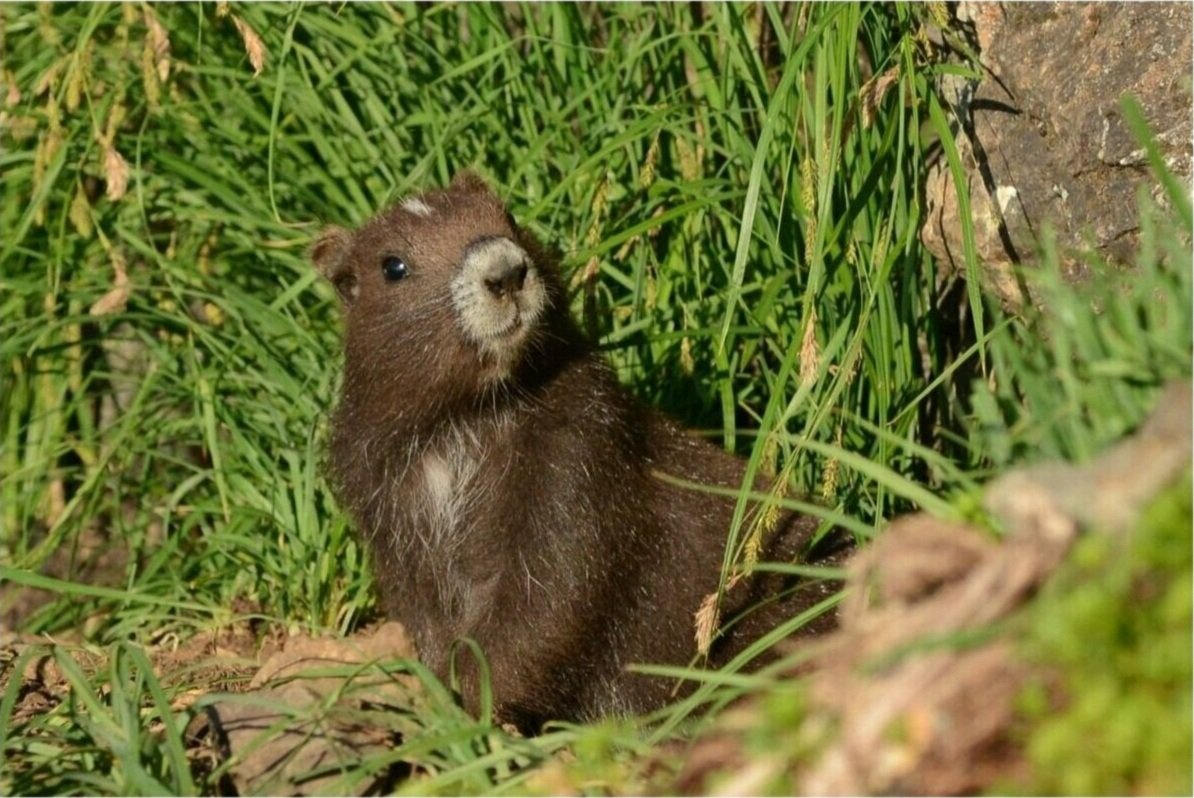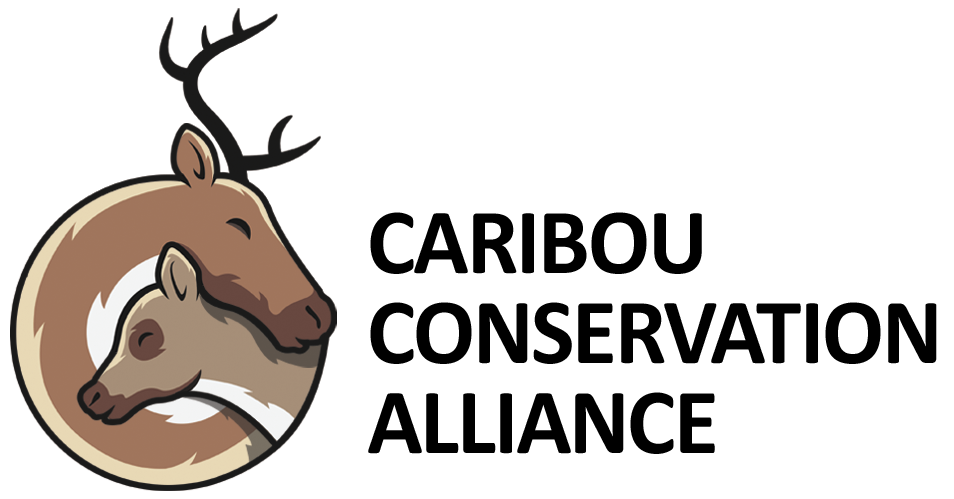
Return of the Vancouver Island Marmot
BEGINNING THE RECOVERY OF BC’S ONLY ENDEMIC MAMMAL
Near the peaks of Vancouver Island’s central mountain range, a unique species of marmot dwells in the lush sub-alpine meadows. The Vancouver Island marmot is the only mammal species to live in British Columbia and nowhere else in the world, but it was perilously close to extinction. In 2003, fewer than 30 of these marmots remained in the wild. Through intensive recovery efforts, including conservation breeding and reintroduction, the species is beginning to make a comeback.
The Tony Barrett Mt Washington Marmot Recovery Centre
Field staff inspecting trap containing Vancouver island marmot (© Ryan Tidman)
Field staff releasing Vancouver Island Marmot in Mt Washington, B.C. in 2017 (© Adam Taylor)
Vancouver Island Marmots newly released on Mt Washington, B.C. (© Ryan Tidman)
Losing the mountain’s whistle
The Vancouver Island Marmot was first listed as an endangered species 1976, but the scale of their plight was not recognized until the late 1990s, when the species was well into a full-scale population collapse. Due to their remote and inhospitable habitat, little data was gathered on the marmot population, leaving biologists with many gaps in understanding the decline.
While marmot habitat itself has not been altered by humans directly, many of the ecosystems surrounding the marmot’s small and isolated meadows have been. These changes, including forestry, roads, and dam construction, may have impacted the way that marmots travelled between colonies, while at the same time providing easier access for marmot predators.
Recovery efforts begin
By the late 1990s, it was clear that the Vancouver Island marmot was facing eminent extinction. Biologists made the difficult decision to catch some of the remaining wild marmots to begin a conservation breeding population. From 1997 to 2004, fifty-five wild marmots were trapped, and breeding operations began. In 2003, the first marmots were released back to the wild.
A work in progress
Since 2003, Vancouver Island marmots born through conservation breeding have been released to the wild every summer. At the same time, other recovery efforts including habitat protection, supplemental feeding, translocations and habitat restoration, are addressing critical needs for the marmots. The wild population is growing, numbering about 258 wild individuals in 2021.
Lessons learned
Adaptive management is key
The Marmot Recovery Foundation and conservation breeding partners at the Toronto Zoo and Wilder Institute continuously research and adapt the care and release methodology for marmots. This continuous learning approach has resulted in improved outcomes for released marmots and a greater number of release candidates being born.
Monitoring guides decision making
Monitoring the wild population is a resource-intensive activity, but necessary for the species’ recovery. Monitoring results guide recovery decision-making and provide critical data that is needed to improve care and release of these rare animals.
Recovery takes time and consistency
It has been 26 years since the Vancouver Island marmot conservation breeding program was initiated, and the species still has a long way to go before it is secure in the wild. Recovery efforts for critically imperiled animals can be successful, but patience and determination is key.
Fun facts
Vancouver Island marmots hibernate for up to seven months. They are one of the few mammals that hibernates longer than they are awake.
Vancouver Island marmot hibernacula can be over 2 meters deep – perhaps even more than 4 meters deep.
Marmot pairs and parents with young will “boop” noses as a pair bonding activity. It is as cute as it sounds.
Vancouver Island marmots are continuously molting, and their fur patterns change over a few months, making it difficult to identify them just by appearance.
Recommended Readings
The story of the Vancouver Island marmot: One of Canada’s most endangered species (Capital Daily, 2022)
Vancouver Island marmots have record year for pups born in captivity (Check News, 2022)
Bringing the endangered Vancouver Island marmot back from the brink (The Narwhal, 2022)




